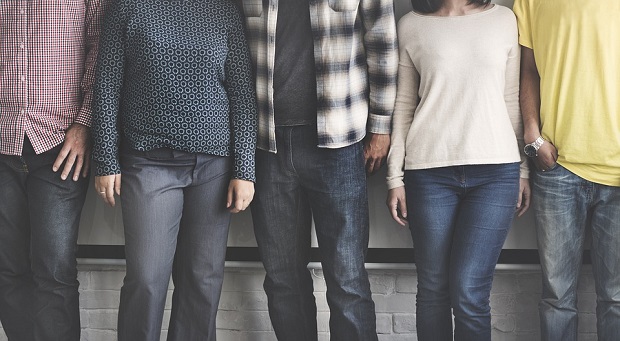Over half of UK marketers have been impacted by the ASA’s plans to Introduce a gender stereotyping ban, according to new research.
The study, from Shutterstock, indicates that 57% of U.K. marketers have been impacted by the Advertising Standards Authority’s (ASA) announcement to ban gender stereotypes, and over a third (35%) have used more images of women in the U.K. over the past 12 months.
Over 1,500 marketers from the U.K., U.S. and Australia were surveyed in October 2017 on their changing use of imagery. This study is an expansion of Shutterstock’s 2016 research of U.K. marketers’ use of imagery.
The findings show that in the U.K.:
● 57% of marketers have been impacted by the ASA’s announcement to ban gender stereotypes.
● 35% of marketers have used more images featuring women over the past 12 months.
● 51% of marketers now think it’s more important to represent modern day society when choosing marketing imagery, compared to 30% in 2016.
The research also shows that over 45-year-old marketers are using the least amount of images featuring diversity, when compared to their younger counterparts:
● 45+ year-old marketers were less inclined to use more images of same sex couples in the past 12 months, compared to 25-44-year olds (25-34: 43%*; 35-44: 38%*; 45-54: 17%; 55+: 17%).
“The ASA’s crackdown on gender stereotyping within marketing images highlights the diversity problem that exists within marketing is no longer acceptable,” says Robyn Lange, Shutterstock Curator. “We are pleased that the ASA’s announcement is having an impact on marketers and that the upward trend of using non-stereotypical images of women in marketing campaigns is continuing. Marketing campaigns have a strong visual impact on public life, therefore, marketers need to be more inclusive through their choice of images and ensure that they are representing people in society effectively.”
Globally, Shutterstock’s research found that marketers agree that there is still room for growth in using more diverse images in marketing campaigns (U.K.: 93%; U.S.: 91%; Australia: 93%). Marketers across the globe also agree that using more diverse images will help a brand’s reputation (U.K.: 90%; U.S.: 88%; Australia: 93%).
Australian marketers are leading the way in using increasing numbers of images featuring women. British marketers are leading the way in using more images of same sex couples. The findings show that:
● 41%* of Australian marketers featured more images of females in the past 12 months compared to 35% of British marketers.
● 35%* of British marketers featured more images of same sex couples in the past 12 months compared to 21% of Australian marketers.
For global marketers, using images of same sex couples and images featuring racial diversity to represent modern day society is more important than fitting with the brand message. The results showed:
● For same sex couples, in determining which was more important, 77% of U.K. marketers chose representing modern day society vs. 31% prioritising brand message, 83% of U.S. marketers chose representing modern day society vs. 30% prioritising brand message, and 55% of Australian marketers chose representing modern day society vs. 33% prioritising brand message.
● For racially diverse models, in determining which was more important, 72% of U.K. marketers chose representing modern day society vs. 32% prioritising brand message, 75% of U.S. marketers chose representing modern day society vs. 41% prioritising brand message, and 41% of Australian marketers chose representing modern day society vs. 37% prioritising brand message.
Robyn states: “Our research shows that globally, marketers are shifting their attitudes and selecting images, primarily, to represent modern day society. Marketers are also recognizing that choosing images that are relatable to diverse groups benefits their brand’s reputation. Striking a chord with consumers is no longer about serving them images of perfection, as social media has helped to change how people view images. Consumers prefer images that accurately portray the world around them, as opposed to a perfected version of the world offered by marketers.”
To access the diverse and eclectic collection of Shutterstock images and wider content, please visit: www.shutterstock.com
Research Methodology:
The research conducted by Censuswide was of 500 marketers in the U.K., 501 marketers in the U.S. and 501 marketers in Australia between the 5th October and 12th October 2017. Censuswide abide by and employ members of the Market Research Society to operate, according to the ESOMAR principles.
